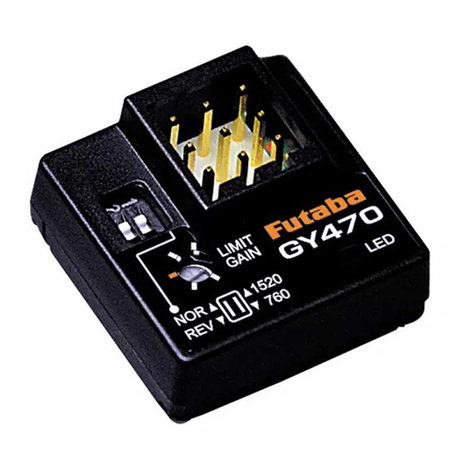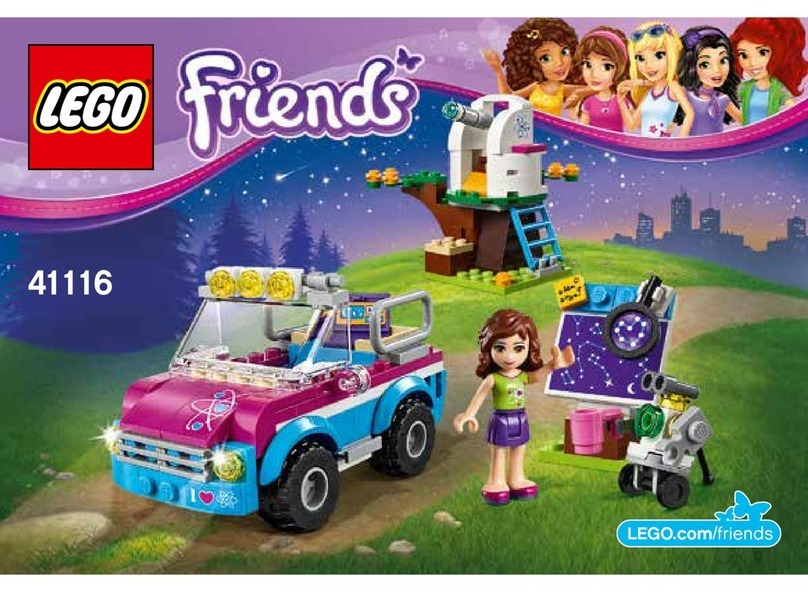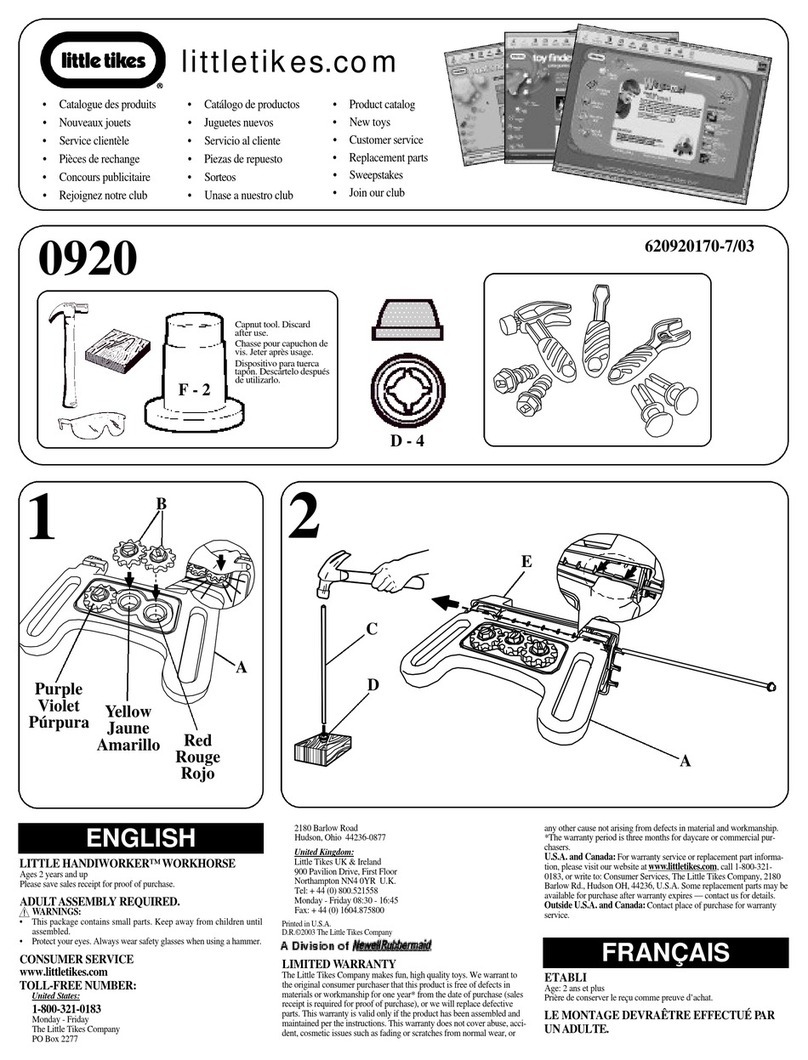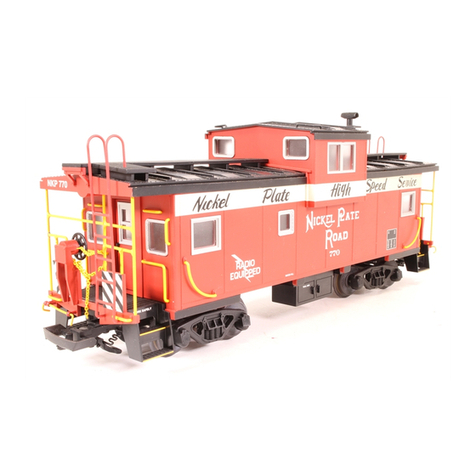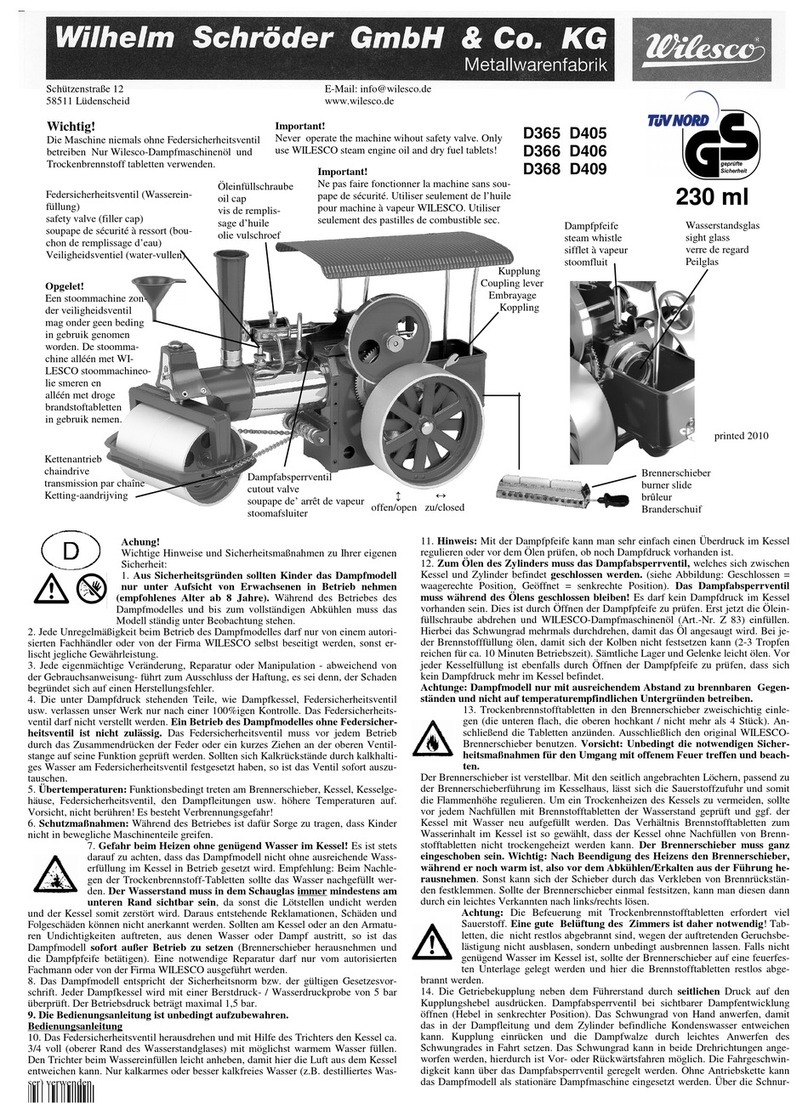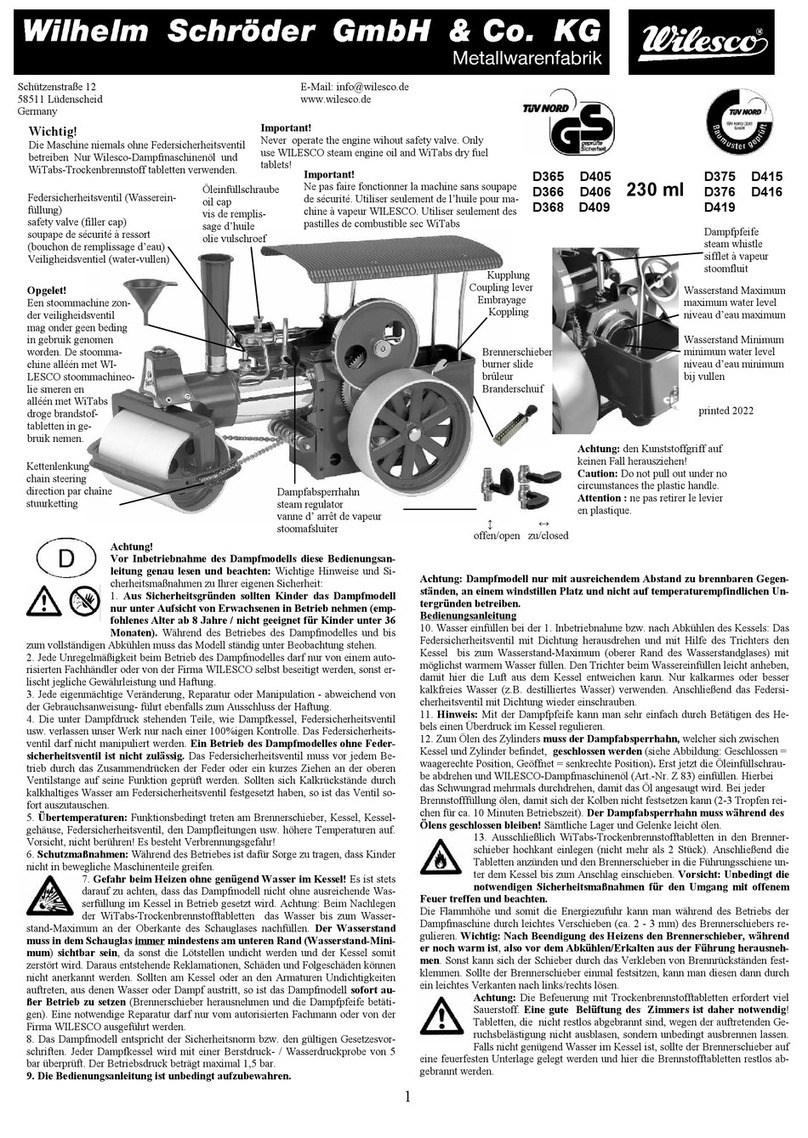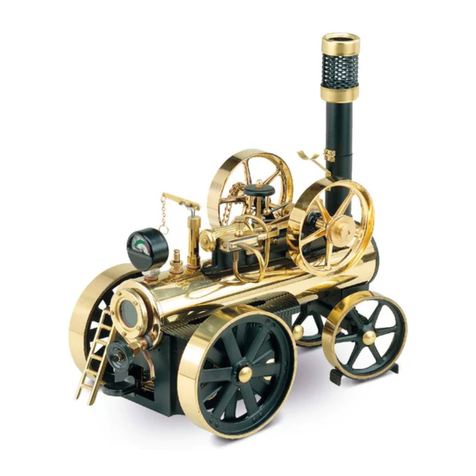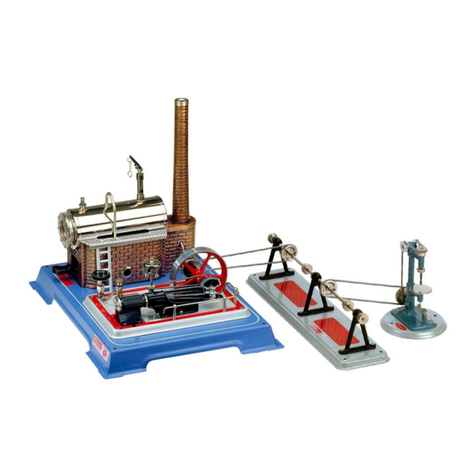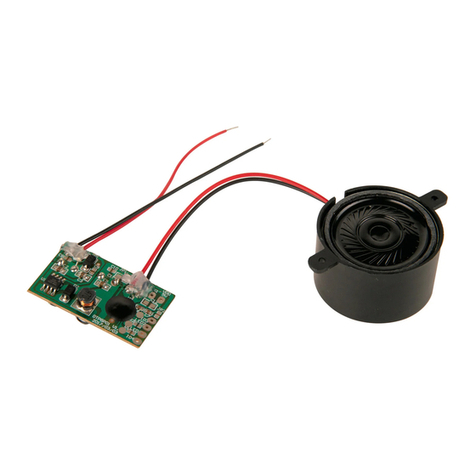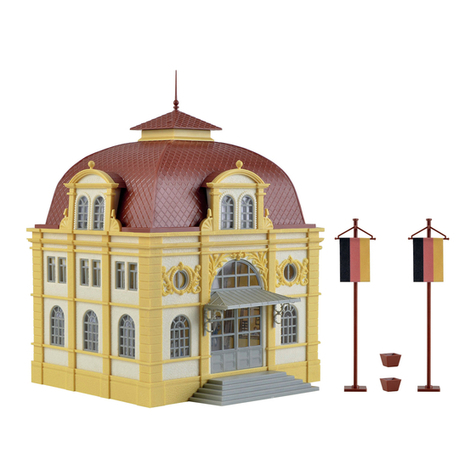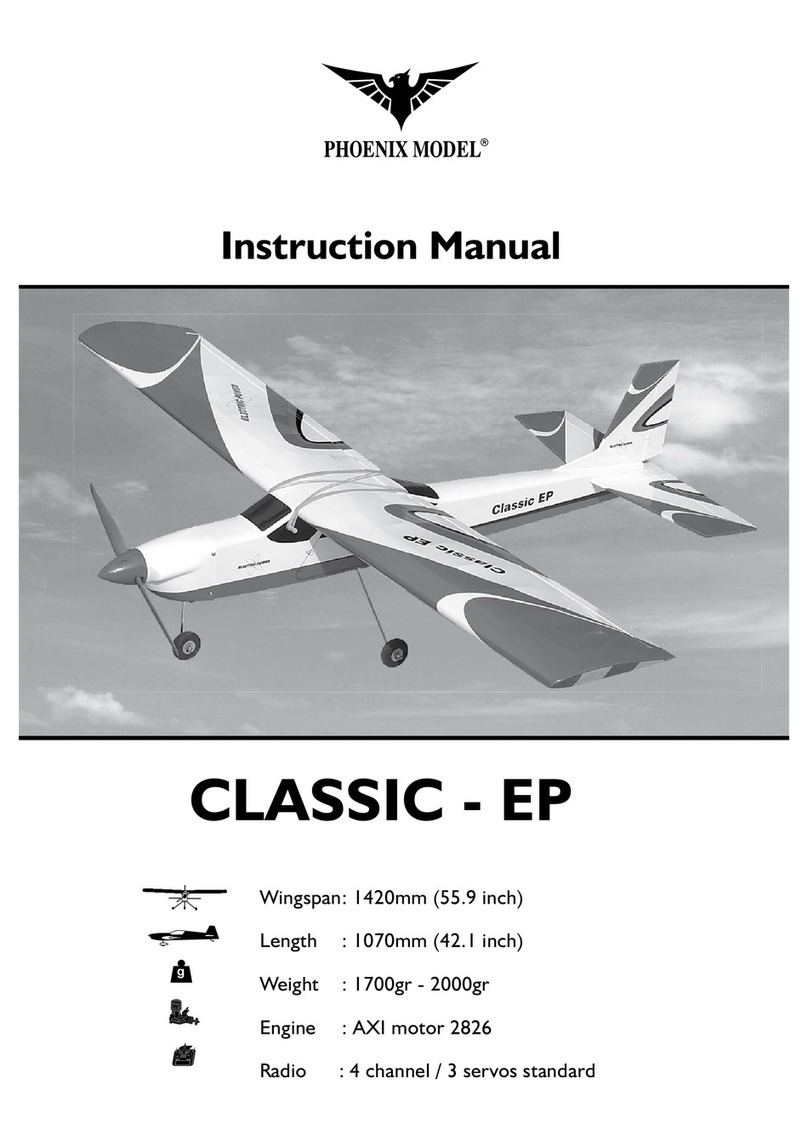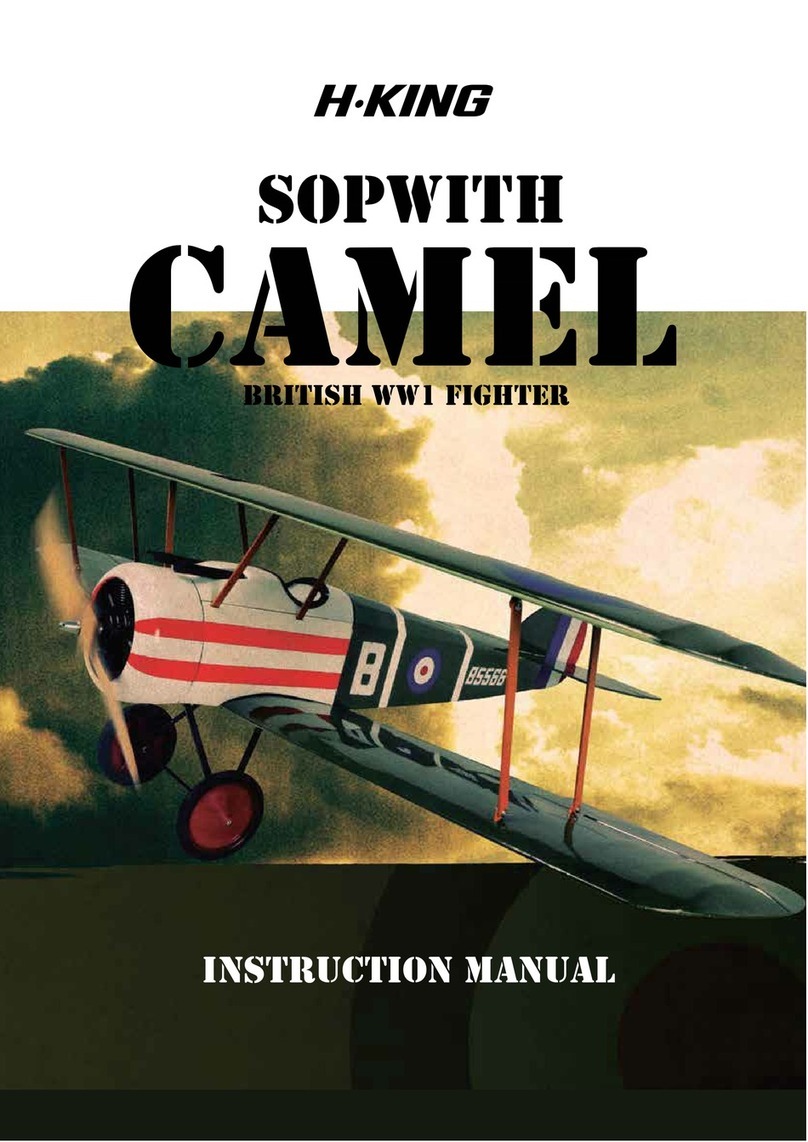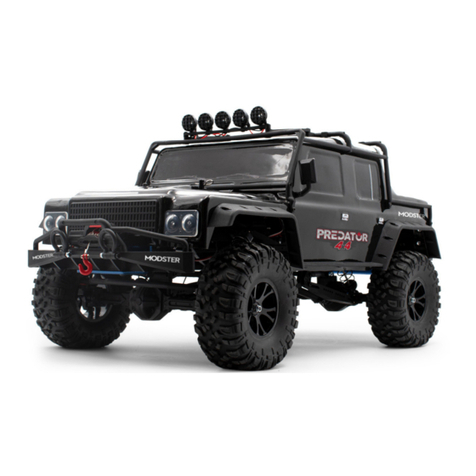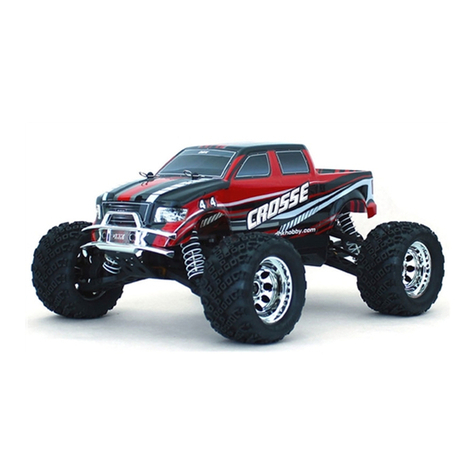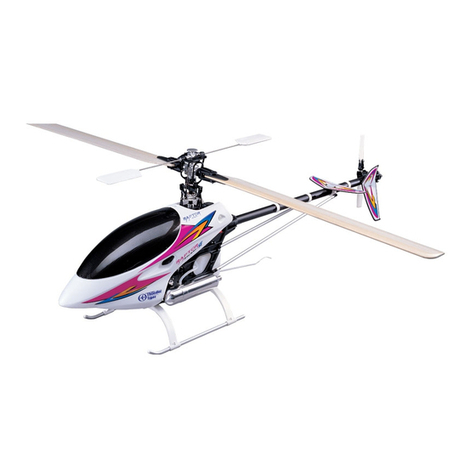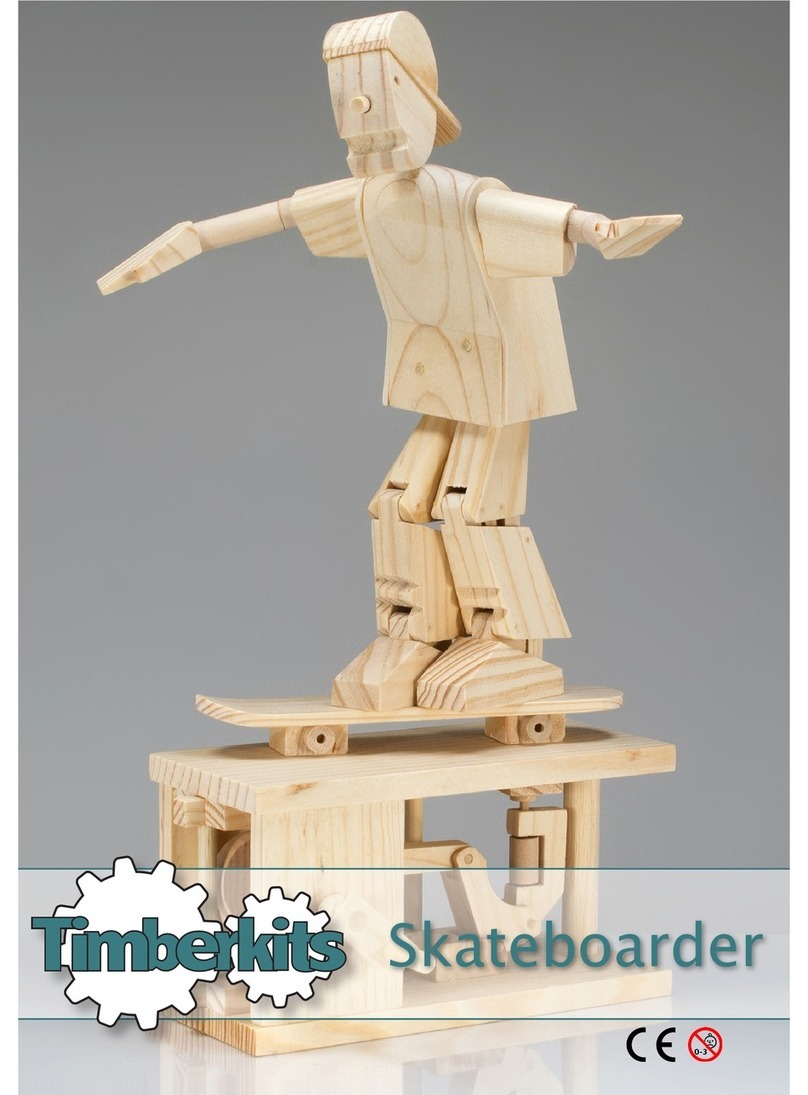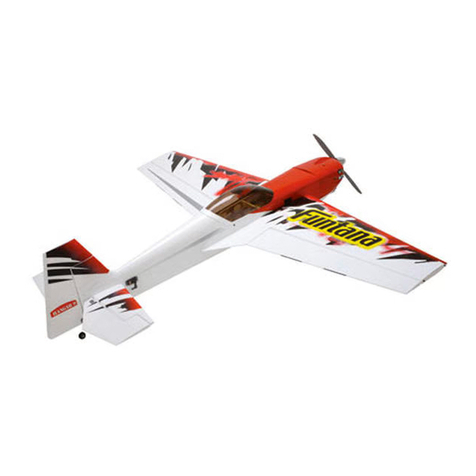
Assembly Instructions
Steam Roller D375, D376, D377 & Traction Engine D415, D416, D417
Stage 4, Flywheel shaft
Illustration 11
36 1 x machine plate
37 1 x flywheel
38 1 x pulley
39 1 x grub screw
40 1 x crank disk
41 1 x ex-centre plate
42 1 x collar screw Mw short
43 1 x spacer diam. 6x3mm
44 1 x slide rod
45 1 x brass cap
46 1 x washer 5.6/3mm
5 2 x hexagonal nuts M3
47 1 x hexagonal nut M4
7 4 x washers 8/4.5mm
48 1 x piston rod
49 1 x flywheel shaft
Illustration 12
This section must be assembled very carefully, as
the functioning of the steam engine is dependent
on it. The machine plate (36) is secured loosely
with the 2 nuts (5) onto the protruding screws of the
burner chamber cover. The fly wheel shaft (49) is
pushed through the bearings of the machine plate,
with the short thread on the right hand side. Fit 2
washers (7), the brass cap (45), and then a further
washer (7) to the left hand side of the shaft. Fit a
washer (7), ex-centre plate (41), and slide rod (44)
with bend towards the chamber and a further
washer (46) to the right hand side of the shaft.
Then screw the crank disc (40) onto the right hand
side of the shaft, using the middle threaded hole.
The piston rod (48) is attached to the crank disc by
means of the collar screw (42), with spacer (43)
fitted between piston rod (48) and crank disc (40).
Illustration 13
Now the flywheel (39) is pushed onto the left hand
side of the shaft with the pinion inwards. Screw
onto the thread a washer (7) and a nut (47) M4 so
that the shaft is slightly pulled inwards.
Tighten carefully all parts so that the crank disk is
firmly held in place.
IMPORTANT: The small pin of the ex-centre disk
(41) must move freely in the oval hole of the crank
Illustration 14
Tighten the M4 nut with the combination spanner
and move the flywheel along the shaft until the
pinion engages with the large gear wheel. Ensure
that the shaft is moving freely without the ex-centre
pin slipping from the oval hole in the crank disk.
Remove the nut M4 and the washer.
